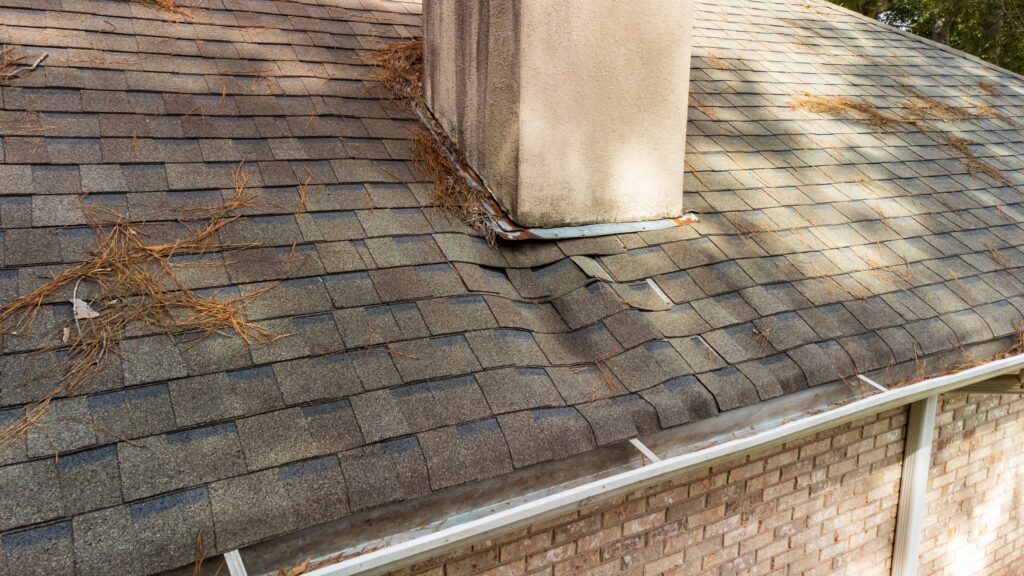It’s frustrating that Surveyors and Installers are pitted against each other.
A Surveyor, working with the tools they’re given, measures roof planes and gathers whatever information they can from a site to be accurate enough to inform a design. Some barely do a survey for the sake of efficiency and leverage grainy and inaccurate satellite imagery.
But therein lies the problem: “Accurate enough” is almost always just not good enough. Not only does this approach cause design issues but it forces Installers to fix problems at the last minute. One contractor praised his install crew as being “agile” to explain their experiences fixing inaccurate systems on the fly. Installation is already a physically taxing job with a lot of risks attached—it’s not fair to ask Installers to work a dangerous job and clean up issues arising from low quality data.
Collecting good data from the start is crucial for everyone in the solar process: Surveyors are more efficient, Designers eliminate revisions, and Installers can install as planned. Everyone is happier and safer.
Most installation issues originate pre-installation

When an Installer shows up to a site, most of the things that could go wrong are because of issues stemming from manual or remote surveys.
Panels don’t fit: While satellite imagery is great for preliminary surveys, it can often miss keep outs, mislabel obstructions, or deliver inaccurate measurements and skewed designs. The result is Installers not only moving panels around last minute, but also dealing with a loss of homeowner trust – not to mention the potential for call-offs, repermitting, and rescheduling.
An Installer could take their own reference measurements when they arrive on-site for install, but this also takes time and is due to a lack of data in the surveying step.
Missing electrical upgrades: If a Surveyor didn’t conduct a thorough internal survey, Installers may not have the proper conduit maps, connection points, or inverter type. There’s also the risk that the property’s electrical panel needs upgrading. In that case, the project can get called off, homeowners may get stuck with a four or five-figure increase, and a project suffers from further delays.
Problems with the roof’s structural integrity: Installers deserve to know what conditions they are walking into, since verifying upon arrival could easily reveal safety concerns or massive costs for structural upgrades. This includes analysis of shingle health, soft spots on the roof, joist supports, or other matters that lead to structural improvements, including needing a new roof. In that spirit, a good survey will leverage drones for most roof health checks and manually verifying things drones can’t tell you.
No site context: Installers benefit from having information on the property beforehand. If an Installer shows up and doesn’t know where they can park, how big of a ladder to bring, if there are dogs on the property, or where they can set up, they are forced to waste time figuring it out on install day. It’s much safer—and faster—if the team can see a photorealistic 3D model ahead of time.
Scheduling and homeowner rapport: Surveyors spend a lot of time with homeowners pre-installation. If they are using drones, they can stay on the ground and build rapport—that relationship will be crucial later on, since Surveyors can let homeowners know to clear clutter, open access points to the attic and electrical panel, and keep pets inside. These details make an Installer’s job much easier, which means a more efficient installation (and a faster time to payment for everyone involved).
Don’t blame Surveyors; it’s about tools
Highlighting these issues doesn’t mean “blame Surveyors”, or even designers for that matter.
It’s to say that Surveyors should be empowered with technology to collect accurate data so these issues don’t happen in the first place. We know that not having a tape and checking with your own eyes can feel a bit weird. But capturing data and utilizing drone data to design in 3D is a huge improvement in quality and accuracy over time; it’s something Scanifly tests frequently.
Contractors, and especially their install crews, are thriving with new technology like software, drones and mobile solutions. For example, drone-based surveys helped Dynamic Solar achieve a 100% fit rate and made it so Namaste Solar completely eliminated revisions. Some contractors can now go from survey to install in just 2-3 weeks.
We have the technology

The latest technology from Scanifly makes it easy and safe to collect all roof plane measurements, document electrical and roof data in a central repository, and develop a full-site 3D model. All this information is then automatically uploaded into plan sets with no concerns about wet paper, misread numbers, or dropping tools off the roof.
Installers already have a difficult job—don’t make it any harder. By providing the requisite information from the start, the whole project goes more smoothly.






